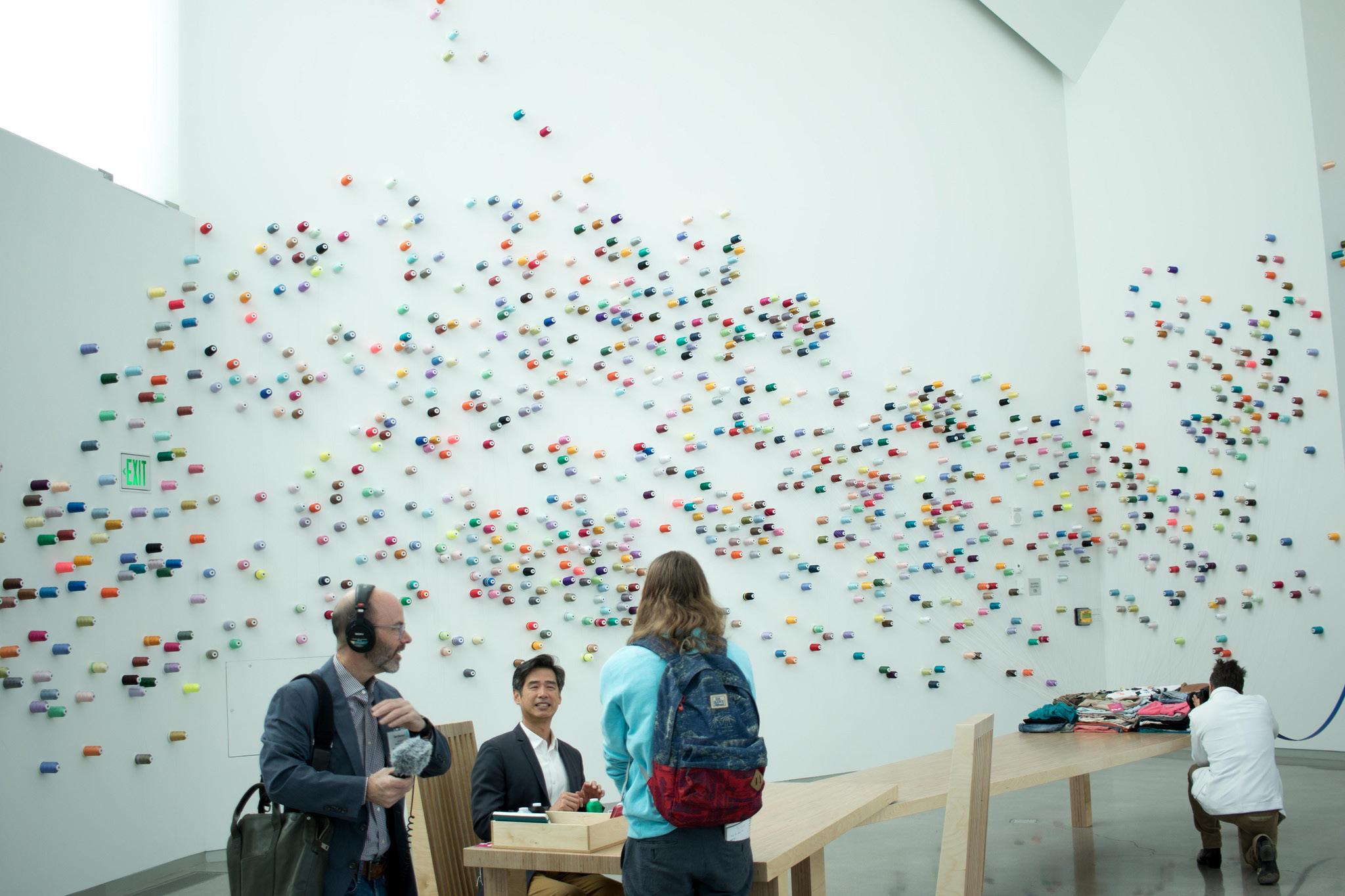
1 minute read
Richmond’s new art gallery raises ‘important but difficult topics’
VP of Finance explains forthcoming tuition changes
NIA TARIQ Staff Writer
The Student Government Association and Board of Visitors’ student representatives answered questions about the proposed 6.4 percent tuition and fees increase Wednesday.
According to the VCU budget website, the budget redesign initiative began in 2014, the proposed budget is currently being observed in parallel to the current budget and full implementation of the new budget begins in the 2019-20 school year.
Karol Gray, vice president of finance and budget, facilitated the presentation. The following data was presented at the information session in a slideshow, courtesy of the VCU office of budget and resource analysis.
Decreased state funding and underfunded initiatives
CHELSEA JACKSON Capital News Service
SIONA PETEROUS Capital News Service
With an inaugural exhibit that challenges the city’s Confederate history and racial divide, Virginia Commonwealth University will open its Institute for Contemporary Art next week, and it’s generating excitement not only in Richmond but also in national and international art communities.
The 41,000-square-feet Markel Center, where the ICA is housed, cost $41 million and sits at the corner of Broad and Belvidere streets – the city’s busiest intersection, with an estimated 60,000 cars passing by every day. The location signifies the impact that officials hope the institution brings to Richmond. The city’s only standalone gallery of contemporary art, which will open to the public April 21, sits between VCU’s Monroe Park Campus and the historic
Jackson Ward community –a point that for decades was the divide between black Richmond and white Richmond in the one-time capital of the Confederacy. Joe Seipel, the interim director of the ICA, said the idea for the project has been around for decades. Seipel and the ICA team say they have worked to ensure that everyone feels welcome to come enjoy the art gallery, a goal he hopes to accomplish by keeping admission free.
—continued on page 3
As of fiscal year 2017, state funding for VCU stands around 31 percent. Therefore, student tuition and fees make up for the other 69 percent of the university’s income. In fiscal year 2001, VCU received 62 percent of its revenue from the state, while only 32 percent came from tuition and fees. The decrease in state funding over this time period is because of the 2008 recession, when overall tax revenue became sparse.
Despite VCU having more instate students than other tier three Virginia colleges, which are defined as major public research universities, it is still one of the more expensive schools in Virginia in regard to tuition and fees.
—continued on page 2








